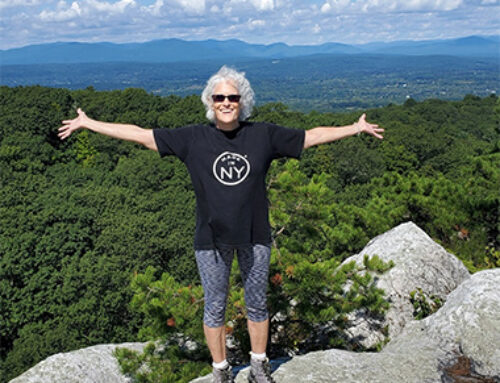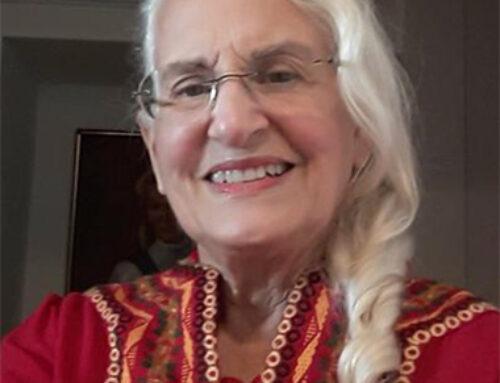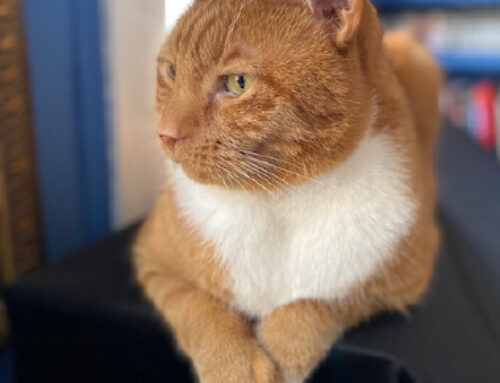Fran Gardner
SC CHAPTER ELECTS NEW PRESIDENT

Fran Gardner
Distinguished Professor Emerita, USC Lancaster
Community Development Consultant, Lancaster County Council of the Arts
President, SC Chapter, National Association of Women Artists
(For this issue’s Red Carpet, we have chosen to focus on the artworks and mission of newly elected SC Chapter President Fran Gardner and to celebrate her many accomplishments. Fran is also a Distinguished Professor Emeritus, USC Lancaster and a Community Development Consultant, Lancaster County Council of the Arts.)
SB: How did this amazing journey in the arts begin for you?
As long as I can remember, I have identified as an artist, even as a very young child. I give credit to my grandmother for this. She was my first teacher, giving me oil paints, brushes, canvas, and instruction focused on composition. I was about 6 years old and I loved it. I’m sure her early reinforcement and having this interest taken seriously is what led me to a lifelong career in the arts as a teacher and a practitioner.
SB: South Carolina has proven to be ground zero for so many of your projects. Tell us something about where you were born, raised and how that geography impacted on your growth as an artist.
I grew up in a farming community in Hartsville, SC. My husband and I now live on a small farm in Heath Springs, SC with our two dogs and lots of wildlife. I’m sure that my desire to live remotely comes from growing up off the beaten path. For a studio practice, that is ideal for me. My small studio, which is behind my house, sits next to a pond where I am surrounded by birds and other animals. I go deeply into my work in that type of setting and I’m certain the solitude influences both my thinking and my process. It becomes much more difficult, though not impossible, to show and sell work living in a small town. I had to commit to reaching outward to land opportunities to show my work. We all know that art can be made anywhere. But getting it into the world takes commitment no matter where you reside.

Measure of a Woman, mixed media, 32 in. x 20 in.
SB: Harnessing women’s power in their daily lives is obviously important to you. How has your own role as a woman challenged you?
Women are challenged daily. From the recent Texas laws restricting access to abortion (a constitutional right), to medical research, to the constant effort to make your voice heard in your career and in your family, women are often sidelined and lumped into a statistical pile. But women are diverse, strong and powerful, and it takes awareness to understand our own voices in a difficult and rapidly changing world. I constantly reassess what my role is, not only as an artist, but as a woman. I am not going to run for office or lead rallies, but I wholeheartedly accept the responsibility of making art that is about women’s issues, and then putting that art into places where it can stimulate conversation and be a model for other women who are finding their voice.
SB: Teaching art history and the role of art in our lives has obviously been paramount to your own career. Through your painting, drawing and stitchery you have referenced ways in which women protect, heal, and advise. You have also alluded to magic and conjuring in your work. Can you give us some examples of that process?
I spend a ridiculous amount of time with every piece I make. Stitchery is tedious and time consuming, but it’s also necessary for me to establish an intimate relationship with each piece. I need to understand my own work before I send it out into the world. These pieces are my voice and I want that message to be clear and direct. One teacher said I “lovingly tend” my surfaces; another said I was “obviously obsessed” with my process. I cherish those descriptions that so accurately reflect my relationship with my work.
My process, materials, and subjects are metaphors for women’s issues. From choosing stitchery, so strongly connected historically to women’s creativity, to allusions to magic (also strongly connected to the practice and wisdom of women), I am making images that hold space for women – images that respect intellect and acknowledge the joys and difficulties associated with gender.

Not for Grabs or Debate, painting, drawing, and stitchery, 42 in. x 27 in.
SB: In your activities both as an artist and in countless public outreach projects, you have proven yourself to be a force of nature. How do you account for this powerhouse of energy that you seem to possess?
I really don’t have vast amounts of energy. But I learned through a long career as a college professor to make 75 minutes—the length of my college classes—have the maximum impact. I learned how to arrange and organize materials so that the subject had a relationship to the students’ lives, and stimulated conversations so the students actively cultivated their own understanding. This is what I do when I take on a project—I find the most important message, gather partners who are dedicated to the cause, and then make a plan to present the work so it has the most impact and can build to a greater understanding. The current SC Chapter Board is an example of having dedicated partners so that many voices speak harmoniously around a common goal.
SB: As president of the SC Chapter, what are the biggest challenges you see in the near future? Can you describe any specific plans you have in the works and how the chapter can implement them?
Clearly COVID remains the biggest challenge for any arts organization. The indefinite outlook is mentally and physically taxing, as is the financial strain for so many. The good news is artists are the best equipped to navigate this difficult terrain. We are already trained to find solutions to problems. That is the very definition of creativity and that is what we do best. Virtual programming has already opened doors for exhibitions, but the real challenge is that we want to be together; we want to see art in person. In my experience, artists thrive in their studio solitude, but they also need a supportive, non-competitive community and feedback on their work. We are anxiously awaiting the day when we can have in-person gatherings, but in the meantime, we understand that safety and flexibility with planning is vital.
As I transition into the role of SC Chapter president, our board is assessing where we are. We are strategically planning our exhibition schedule to complement the National slate. We are discussing the types of professional development opportunities that will most benefit our members. We are building our membership, but also making sure our members are seeing a benefit to their affiliation. And lastly, we are staying true to the NAWA mission. It is simple and direct: opening opportunities for women artists.
SB: Do you have any special advice for the emerging women artists of today?
Artists spend a lot of time learning about voice, what the art says, but we don’t talk much about listening—how to listen carefully, how to understand another artist’s voice without simultaneously crafting a response, judgement, or critical comment. My deepest understanding of art and artists came from listening carefully with no intention other than to hear, think and care, a skill that can move into your non-artist life too.
Artists often express a hesitancy to express themselves in words whether oral or written. But this skill is so valuable to know your own work and to bring others to it. Read about art, write about your own and others’ art, think deeply about your subject, materials, and process. This will help you know your own work, and when you know what you are making, you’ll feel more confident speaking or writing about it. Understand that organizations focused on support and sustainability, like the National Association of Women Artists, can help you find exhibitions and professional development, but also a supportive community. And lastly, make the art you are led to make, recognize that you are doing important and necessary work, put it in the world, and be ready to discuss it with those who see it and want to talk about it.

Signs and Riddles, painting, drawing and stitchery, 30 x 20 in.












